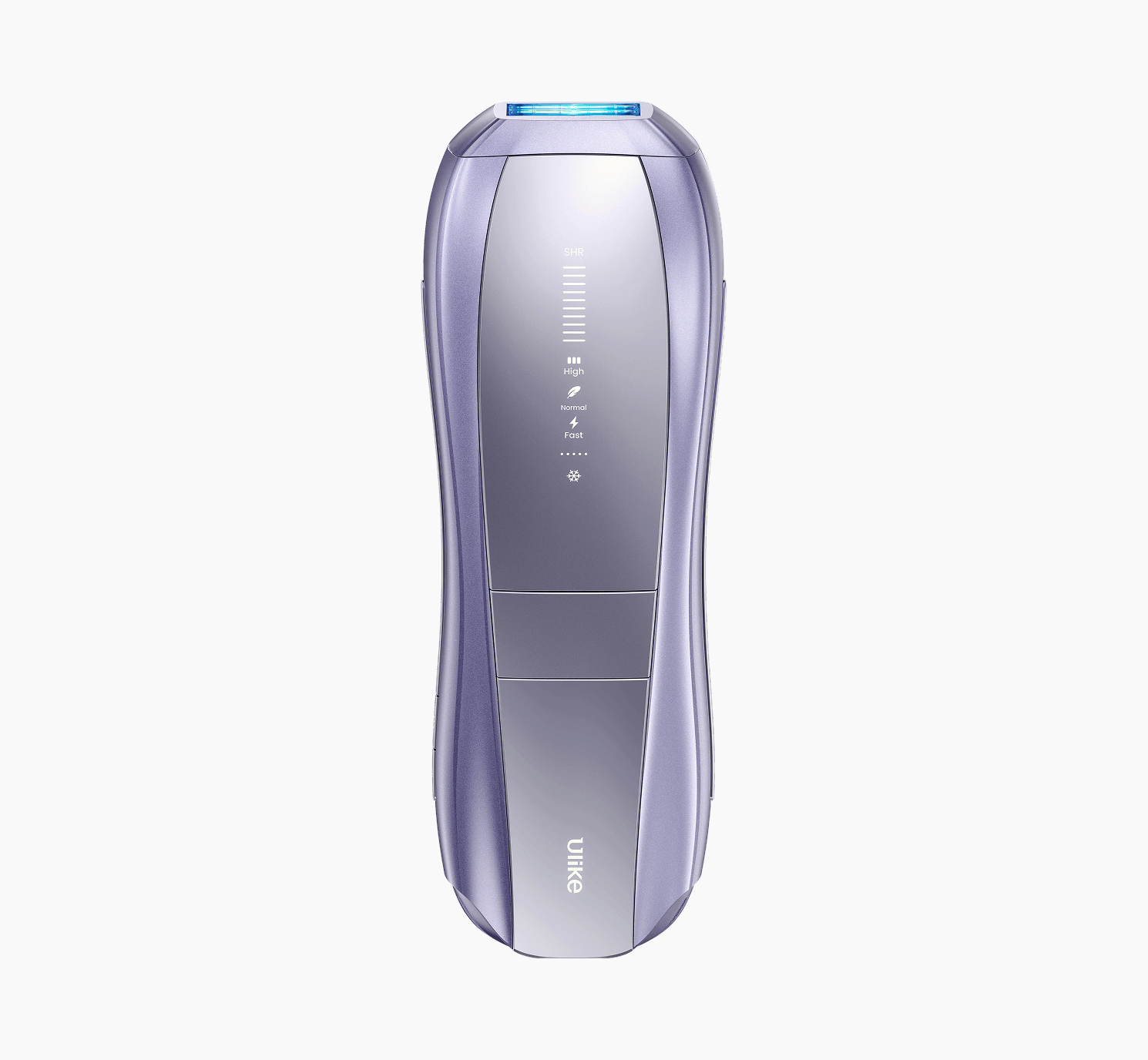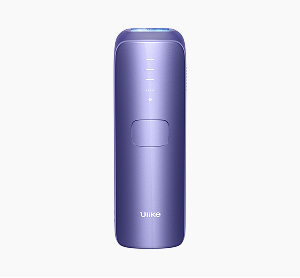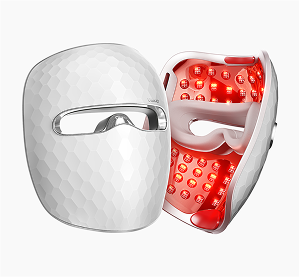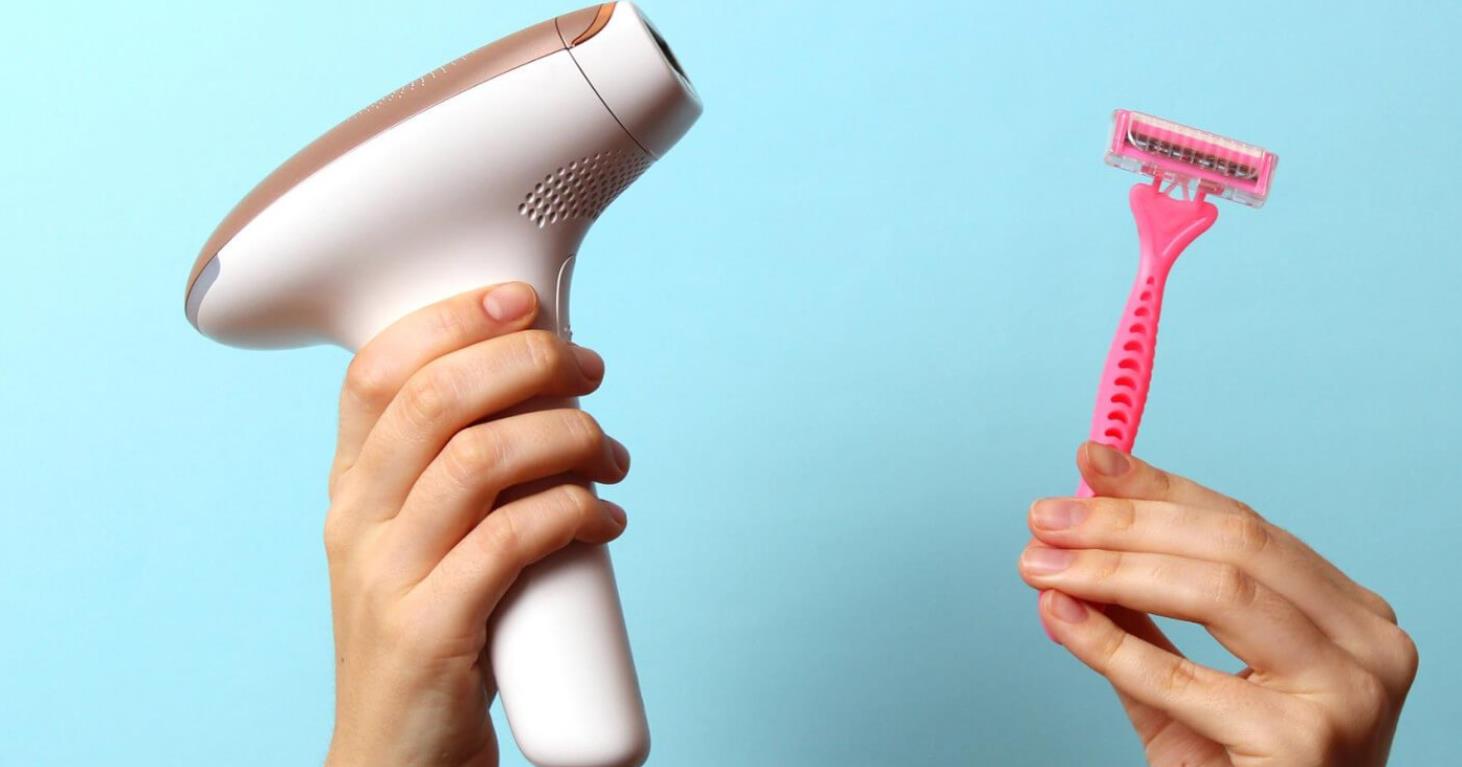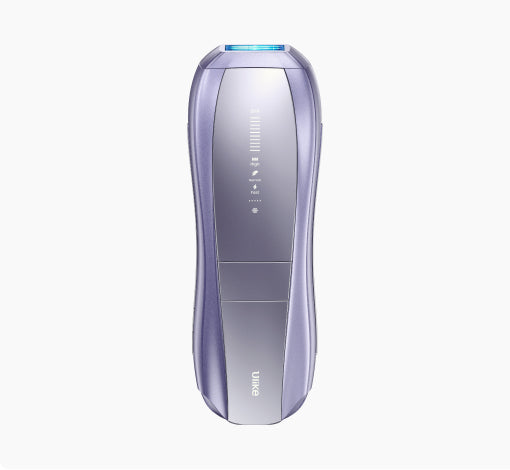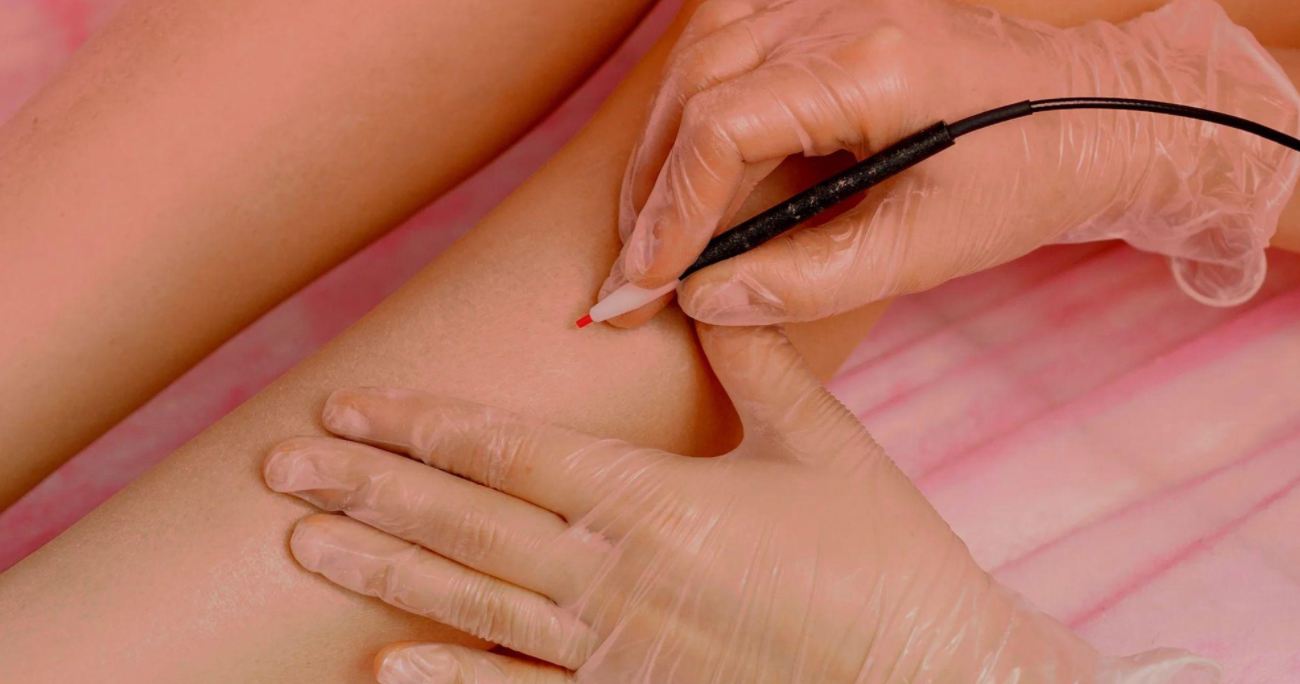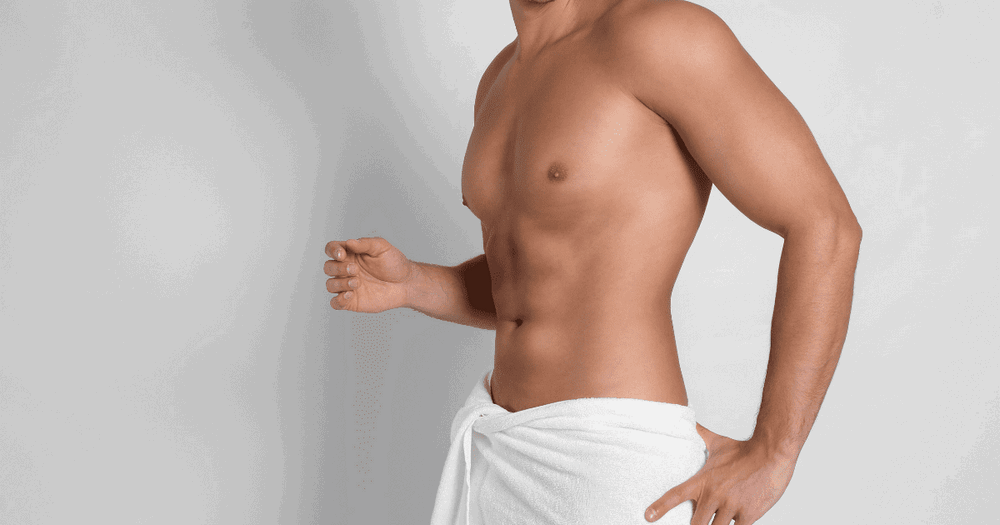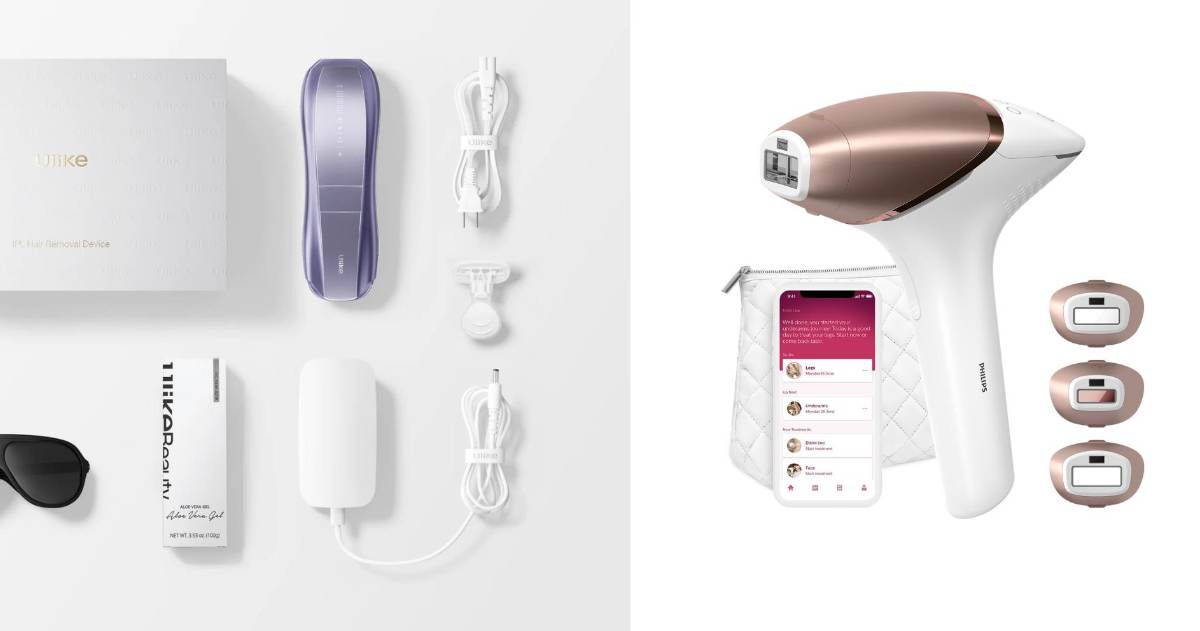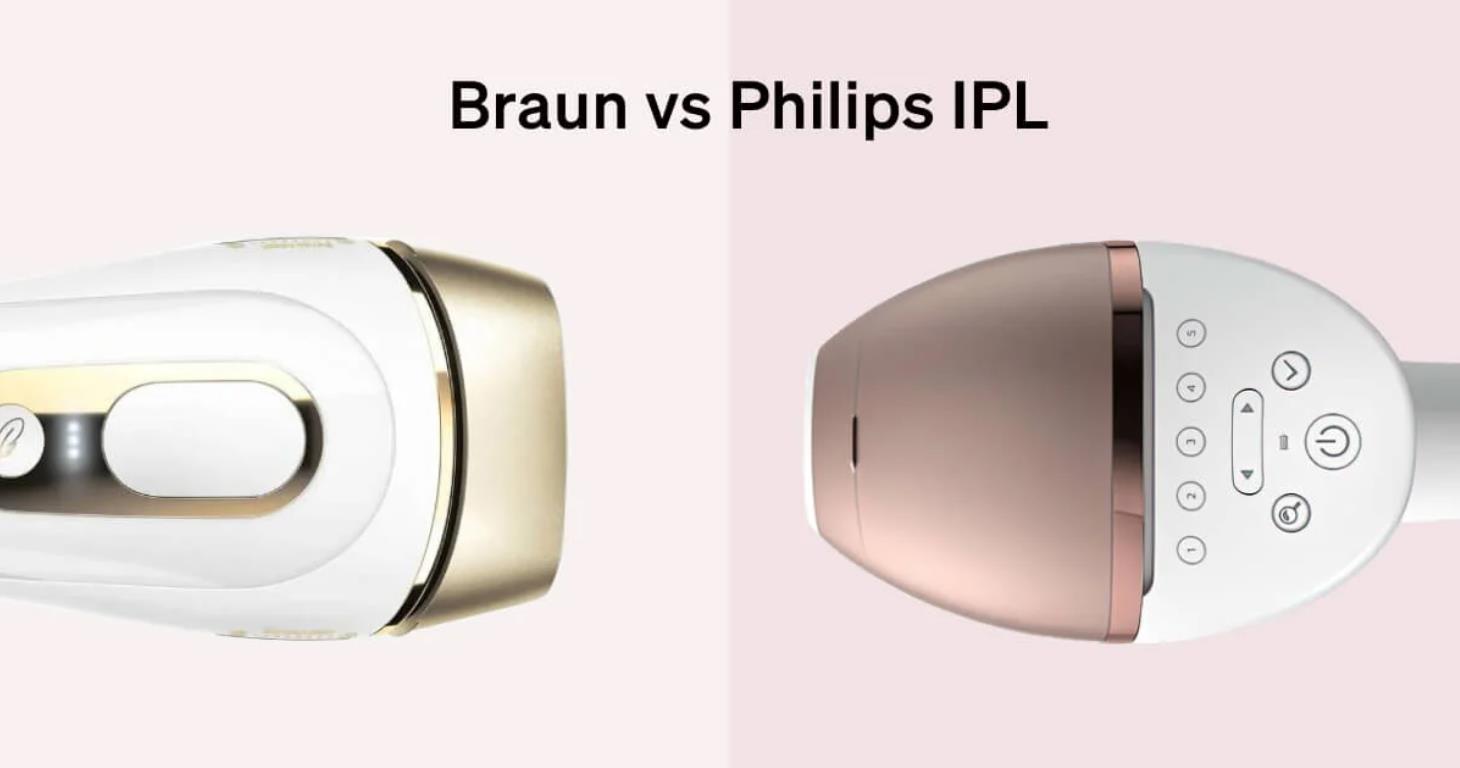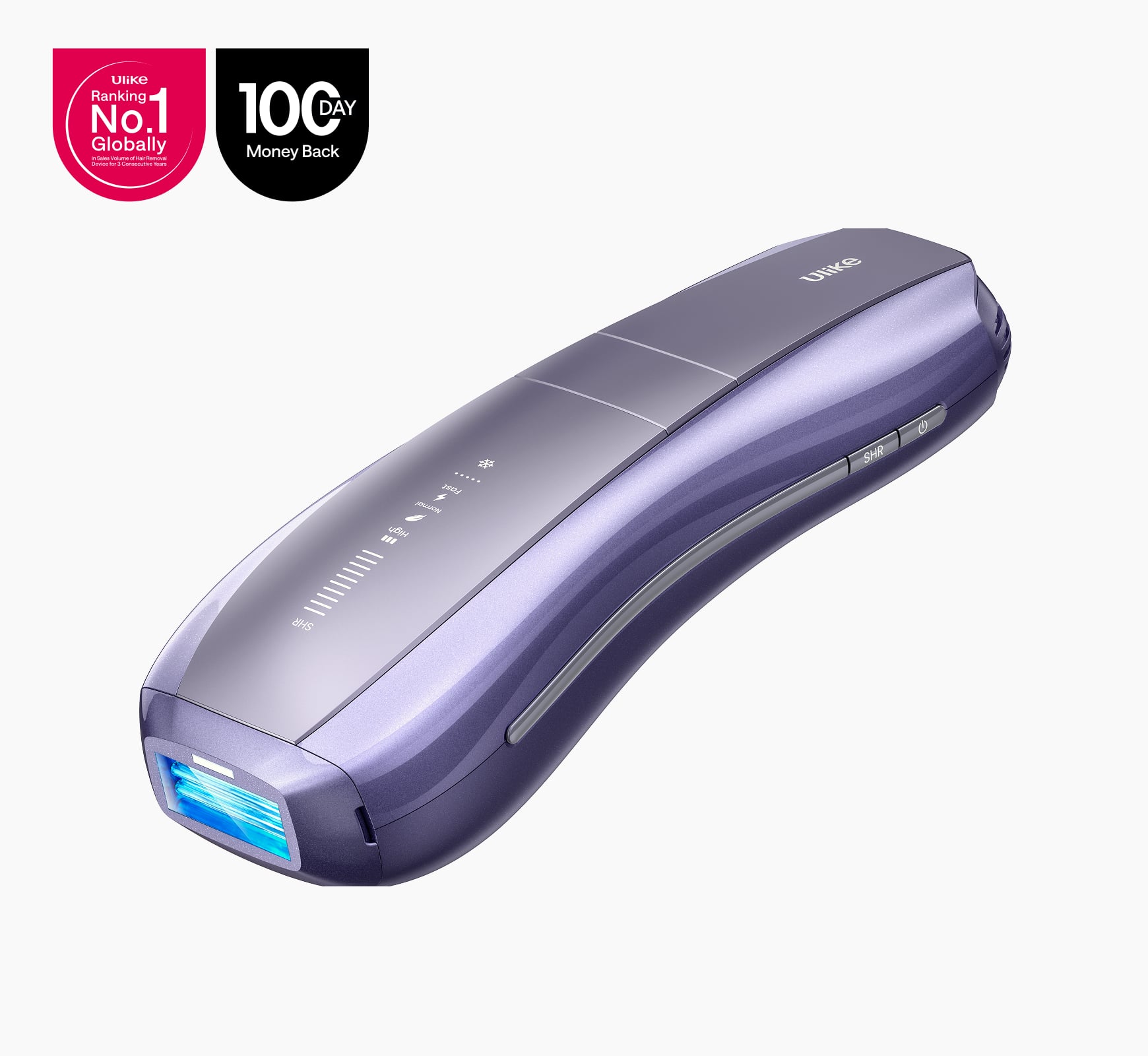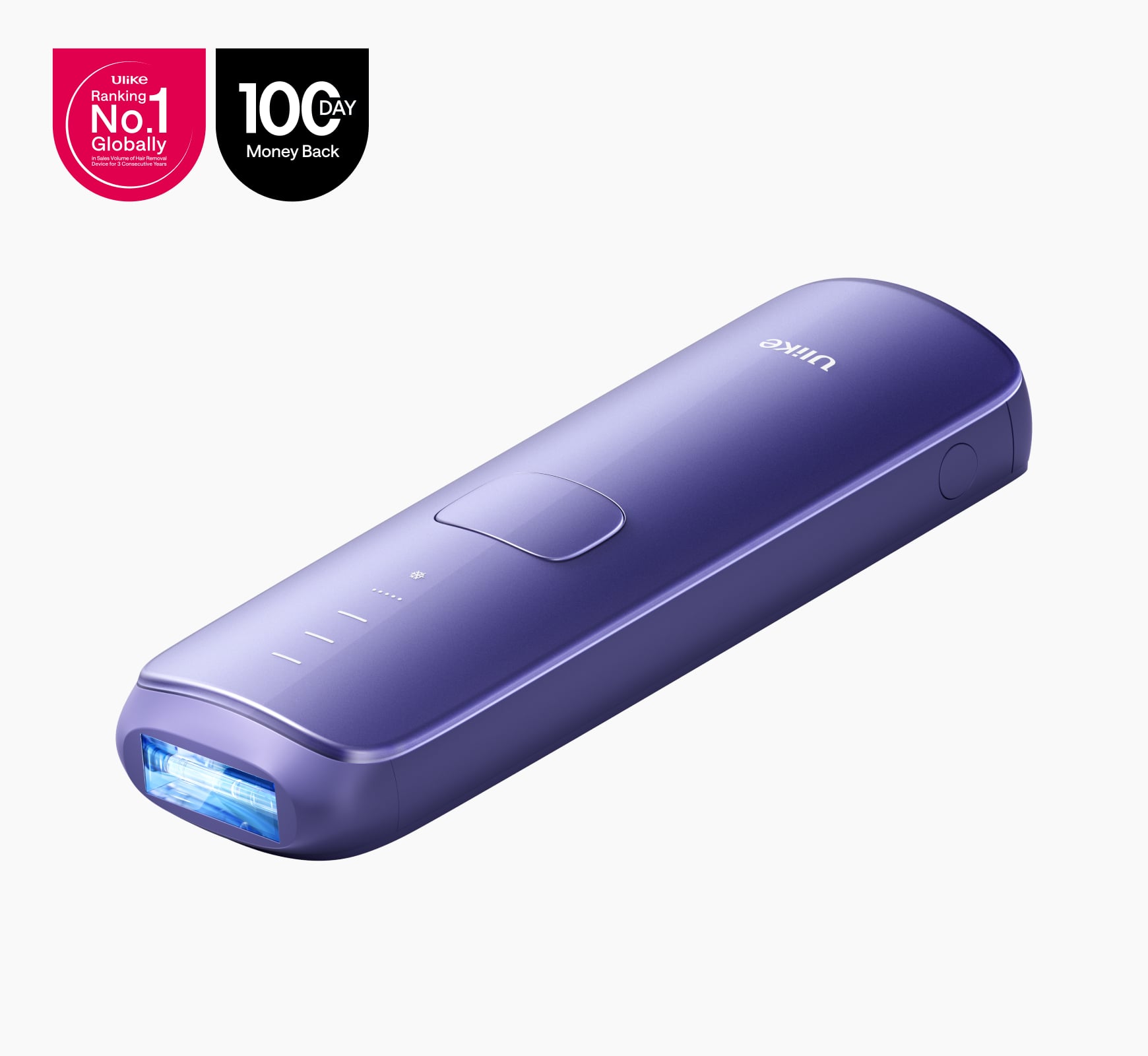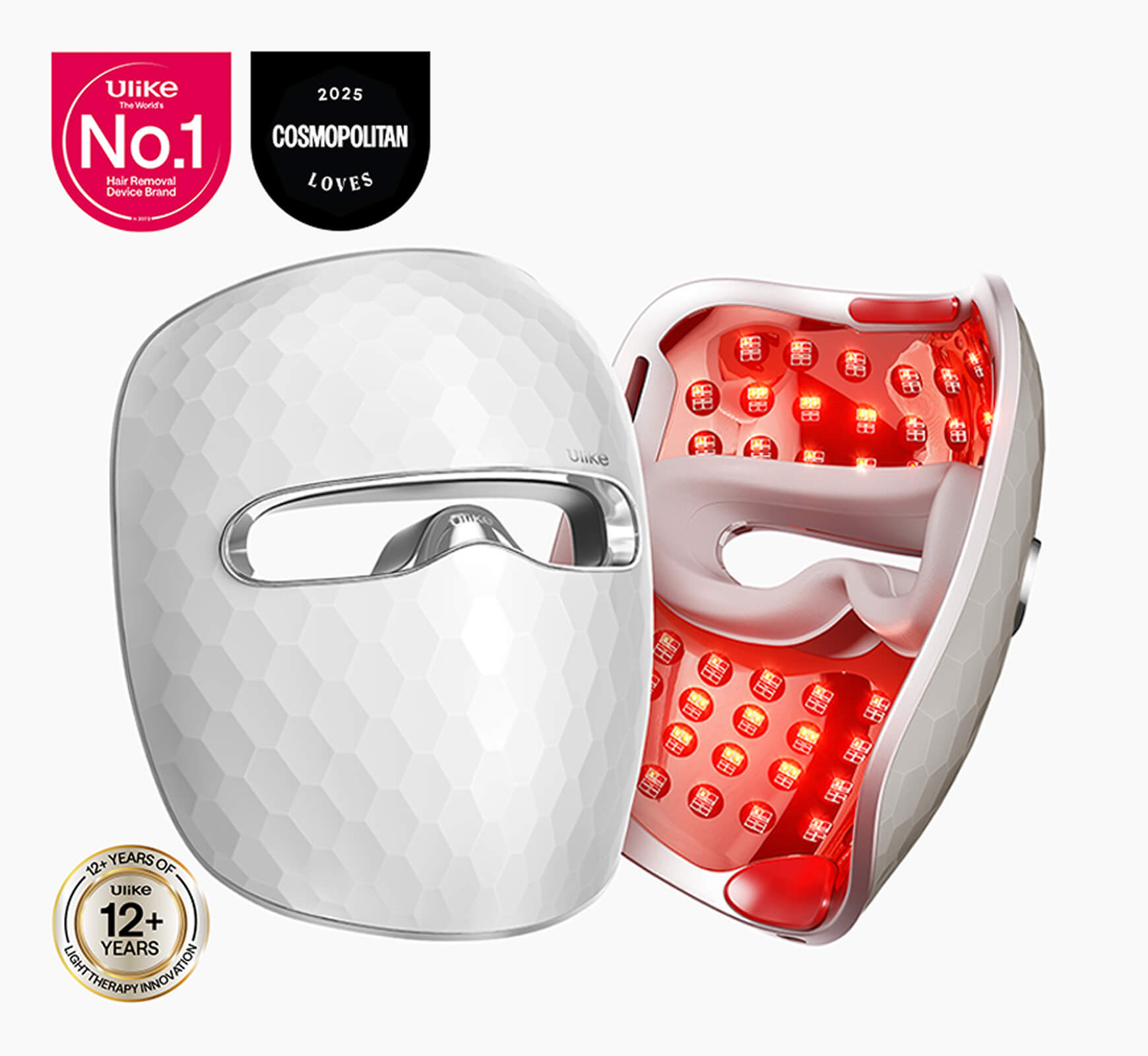The most talked about topic in the skincare sector in recent times is the hair removal method. Well, not because it is inevitable but simply because we all need a lasting solution to these beautiful strands growing now and then on specific parts of our bodies.
Hair removal as we know is an essential part of the skin care routine that helps our skin to stay clean and clear. But in a bid to find a long-lasting solution, we have all encountered some unpalatable experiences on our hair removal journey. Some which cost us a fortune and some others, a lifetime of dealing with skin issues.
So, what do we do in such situations? just abandon hair removal? of course not! because you would not like the outcome – bushy hair and discomfort. On the other hand, there have been several suggestions on how to long-lasting get rid of these hairs. Although there are a ton of hair removal options available at different costs, however, knowing which to stick with is what makes the difference.
So, in this article we compare two types of hair removal methods, a temporary and a long-lasting solution, to bring to light which hair removal method is better for you to choose.
In the context of hair removal, there are a ton of methods you can try to help get rid of hair at a specific part of your body. Whilst these methods promise to help remove hair, however, you would agree that not all methods are suitable for your use. You need to have a regimented approach when selecting a hair removal method that can help with hair removal.
Hair removal methods can be classified into two groups namely, temporal hair removal and long-lasting hair removal. The temporal hair removal methods include trimming, shaving (electric and manual), waxing, tweezing, plucking, and dermaplaning. While long-lasting hair removal methods include Intense pulse light (IPL) treatment, laser, epilator, and electrolysis.
However, for this article, we address one of each group, shaving for the temporal hair removal method and IPL for the long-lasting hair removal method. In the next section, we discuss extensively shaving, how it is been done, and its pros and cons.
Shaving
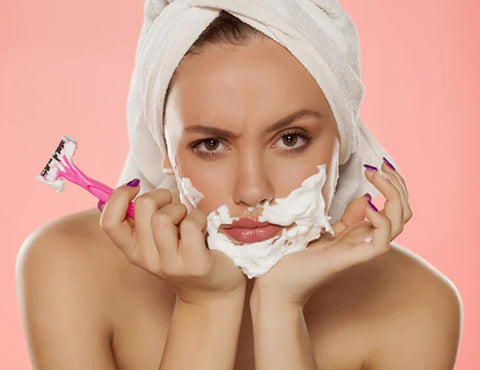
Shaving is a form of hair removal method that helps to get rid of hair in specific parts of the body. Many people employ this method of shaving as it is affordable and easy to use. However, as simple as this procedure may be, it could pose a challenge if not done correctly. So, how do you shave? Find out in the next subheading
How to shave
- Moisten hair and skin to soften it: apparently, some hairs are tougher than others and so the best time to shave is often after having a shower. This is because water helps deliver moisture to your skin and opens up your pores thereby making it free from any skin debris or sebum that may have clogged your skin. The implication of this is that your skin would be supple enough for the shaving razor to glide over for a smooth and nearly nearly painless hair removal process.
- Use a shaving gel or cream: oftentimes, our skin appears dull and dry because it is not getting enough moisture. However, what happens when you are not having your shower but you need to get rid of those unwanted hairs? To ease shaving, apply a shaving cream or gel to the area to get rid of hair, and then shave appropriately. Also, if you have super sensitive skin, you may consider getting a shaving gel or cream to help make the shaving process easy and smooth.
- Shave in the direction of hair growth: this is one shaving hack that many still do not know about. If you shave in the direction that your hair grows, it helps get rid of razor bumps and burns as well as minimise the risk of having a razor cut.
- Rinse off razor swipes: a healthy way of minimising infection from your shaving razor is to make sure to rinse off your razor after every use. Don’t just dust off the hair and keep it, rinse and wipe clean and disinfect before storing it. Also, you should change your razor after 5 consecutive uses. This would help ensure that you are not at risk of irritation or skin infection of any sort.
- Keep razor in a dry place: Not drying your razor before putting it away can lead to bacteria growth which could be detrimental to your skin. So, you want to make sure you avoid leaving your razor in the sink or shower after using it. Clean, and disinfect the razor, and dry thoroughly before storing it.
- Take caution while shaving: sometimes we experience different skin irritation that could hamper shaving. So, if you have skin irritations of any kind including acne, boils, or pimples on the area to be shaved, be sure to take extra caution while shaving so, you do not irritate your skin. We suggest that if you have any of these skin irritations, you may want to consider using an electric razor or one that is disposable. Also, you need to shave lightly to stop bumps or ingrown hair. As a caution, do not attempt to shave your acne or boil as they would only make the acne so bad.
Pros
- Shaving is an easy-to-do procedure and requires little to no effort.
- Shaving is a nearly nearly painless procedure provided you shave in the right direction and follow all necessary precautions.
- Shaving is inexpensive and all the kits needed to achieve shaving are readily available
Cons
- Shaving is a temporary solution and so hair regrows faster
- Shaving razors are sharp and clear out hair in a uniform pattern and so regrown hair is blunt and thick
- Shaving does not soften hair and so regrown hair is not tapered.
IPL hair removal
Intense pulse light treatment also known as IPL hair removal is a treatment that uses a type of strong pulse light to treat different types of skin issues. They are also used for hair removal and they are long-lasting treatment options. Although quite similar to the laser treatment in terms of how they work, however, IPL should not be mistaken for the laser treatment.
IPL works based on the principle of light. The light coming from the IPL device is absorbed by the pigment present in the hair, as such that light energy is focused on the pigment in the hair, thus causing a release of heat energy that eventually destroys the cells that allow hair to grow.
Does IPL hurt?
There hasn’t been a conclusion on whether IPL hair removal hurts or not. However, we could say this varies from person to person, depending on your pain threshold. Generally, the type of sensation you can expect from getting an IPL hair removal treatment is similar to that from a spatter of hot oil or flickering an elastic band. But in recent times, technology has made the whole process easier and you barely feel any pain as you undergo the procedure.
Treatment duration
IPL hair removal treatment spans a period of 21 to 28 days. However, this is dependent on different factors and can vary across different individuals. Also, you would require repeat treatment to make hair removal long-lasting. This is because there are different phases of the hair growth cycle anagen, catagen, and telogen. The anagen is the stage whereby active growth occurs and so it is where the IPL channels its energy majorly. So, treatment may be prolonged here. It is worthy of note that at any point in time, about 85-90% of your hair is actively in the growth (anagen) phase. Later on, hair falls out and starts to regenerate itself. This is known as the Catagen and Telogen stages respectively. What happens is that the follicle of the old hair will begin to get loosen from the blood supply, it gets weakened, sheds off, and falls out eventually.
Albeit, a certain protein, called keratin which is responsible for hair regeneration is actively present in the hair and so allows hair to grow back after being cut and this does not stop until old age starts to set in. So, repeating the treatment allows for eliminating the hair long-lasting. And this can be done once every month after the initial treatment.
How effective is IPL?
It is believed that IPL hair removal treatment is the most effective hair removal method as it uses light therapy to remove hair long-lasting. The technology present in the IPL engages light energy which focuses on the melanin present in the root of the hair follicles. Following this, the hair acts as a light conductor and goes on to destroy those hair-regenerating cells.
Pros
- IPL hair removal is a faster, easier, and more effective treatment so, you save time
- IPL helps slows down hair regrowth and eventually stops the process
- IPL hair removal treatment helps remove hair long-lasting to stop ingrown hairs
- The IPL treatment is a broad-spectrum technology that can help treat any type of hair including light, grey, blond, and white hairs.
Cons
- IPL treatment is expensive and may not be available for everyone
- It requires a series of continuous treatments before the hair is removed long-lasting
- A trained specialist is needed to undertake the procedure
- Treatment and healing may take time
Final notes
Both hair removal options discussed above are great for you depending on your preference and target for hair removal. If you are looking for a long-term long-lasting solution without minding the cost, you can opt for the IPL hair removal treatment option. However, if you are going to do the treatment at home, please be sure to choose the right IPL hair removal device. However, if you are looking for a budget-friendly approach, one that is easier to use too, then you can opt for the shaving hair removal method.
Irrespective of the hair removal method you settle for, be aware that they have their respective pros and cons so, be sure to weigh your options and also, consider costs before settling for a particular hair removal method.
Remember, the goal is to achieve a clean, clear, and hairless skin, so, don’t be afraid to give these methods a try.

